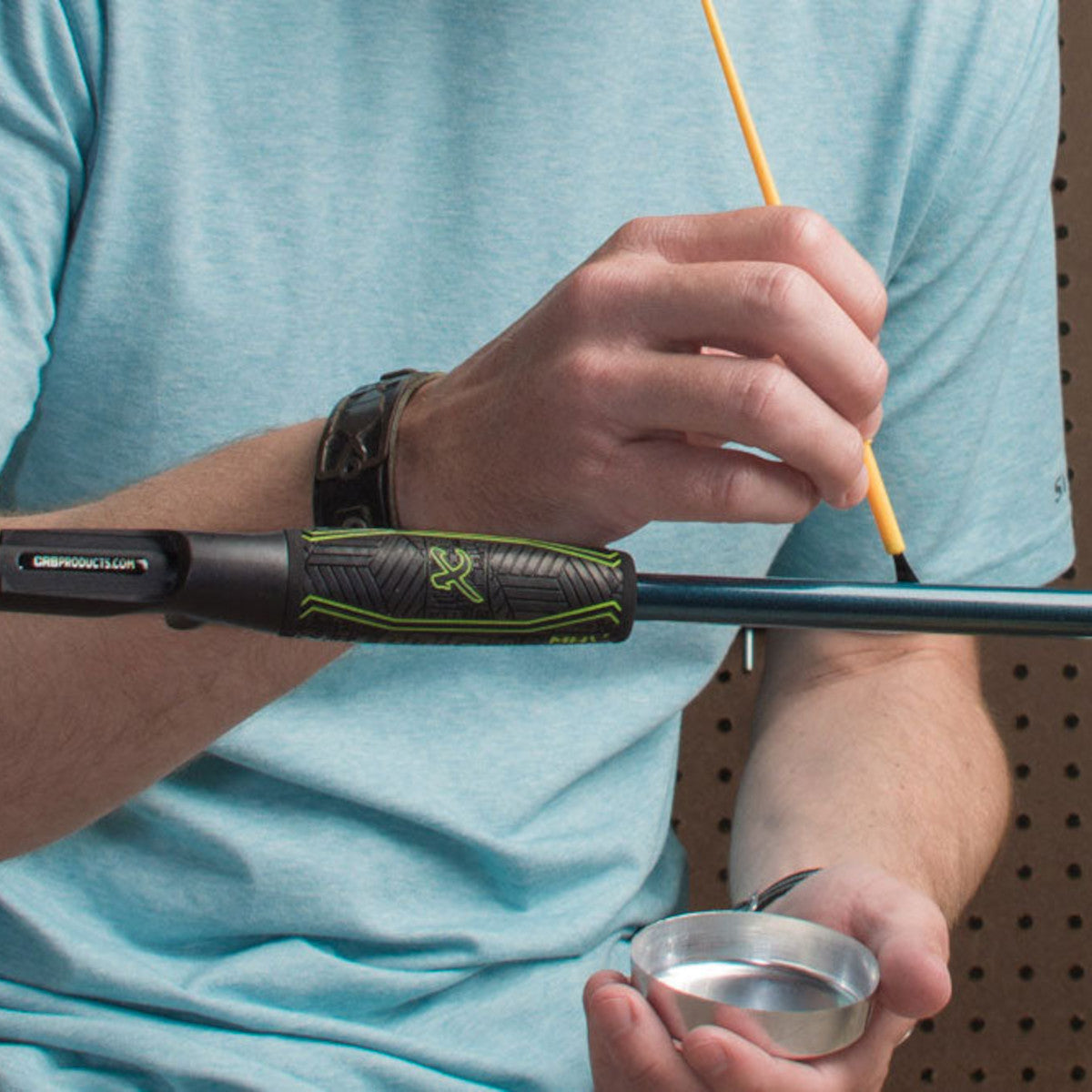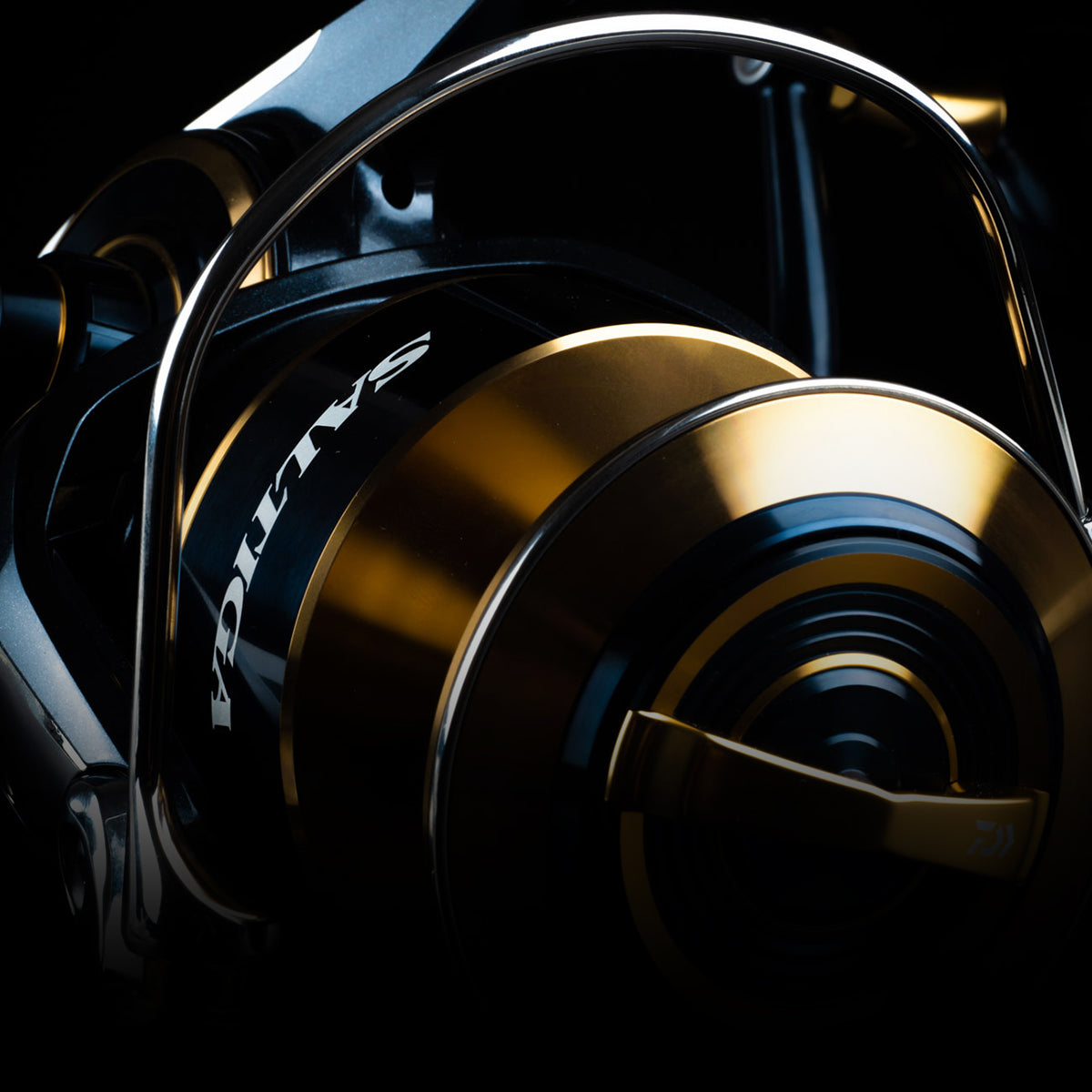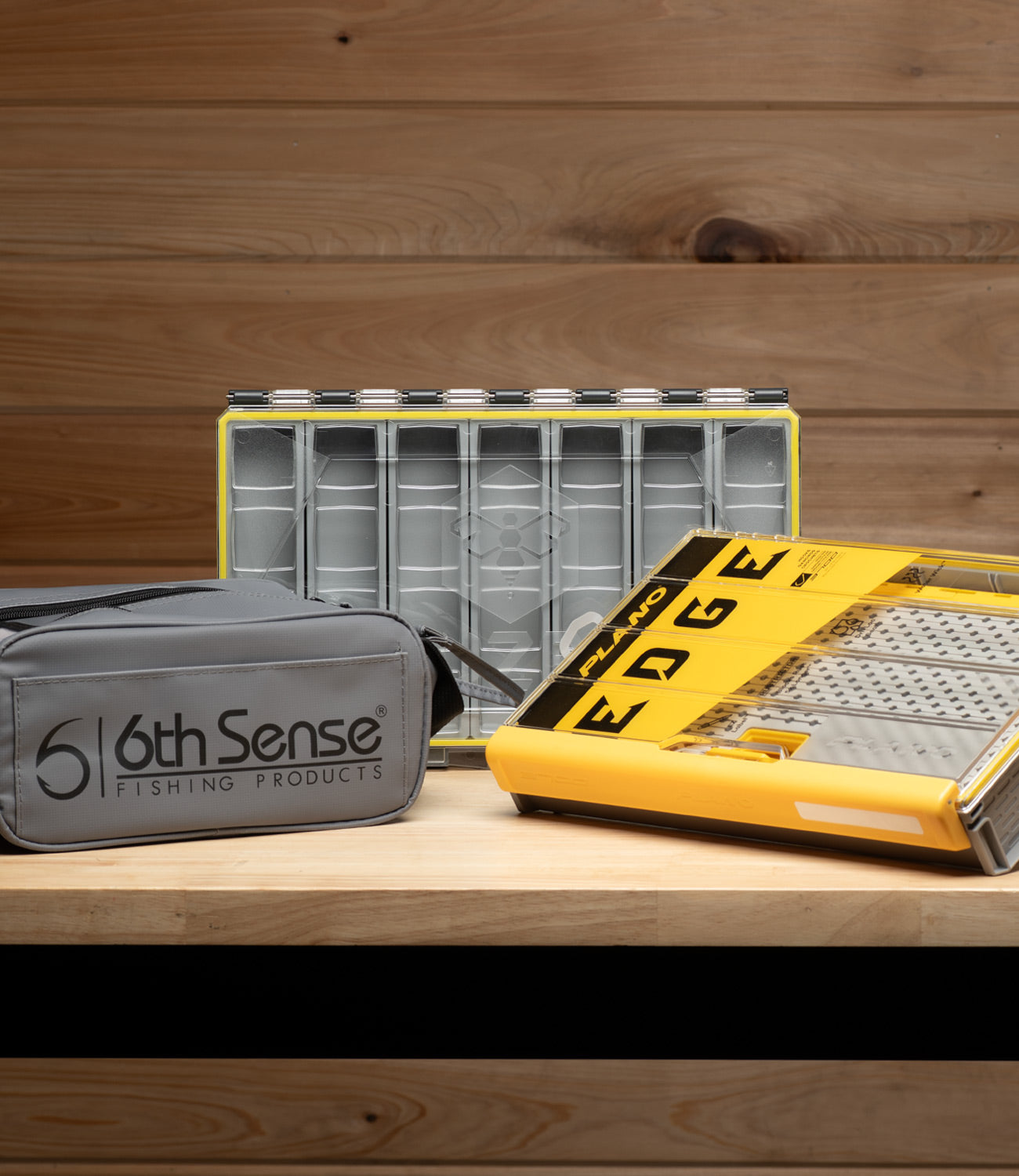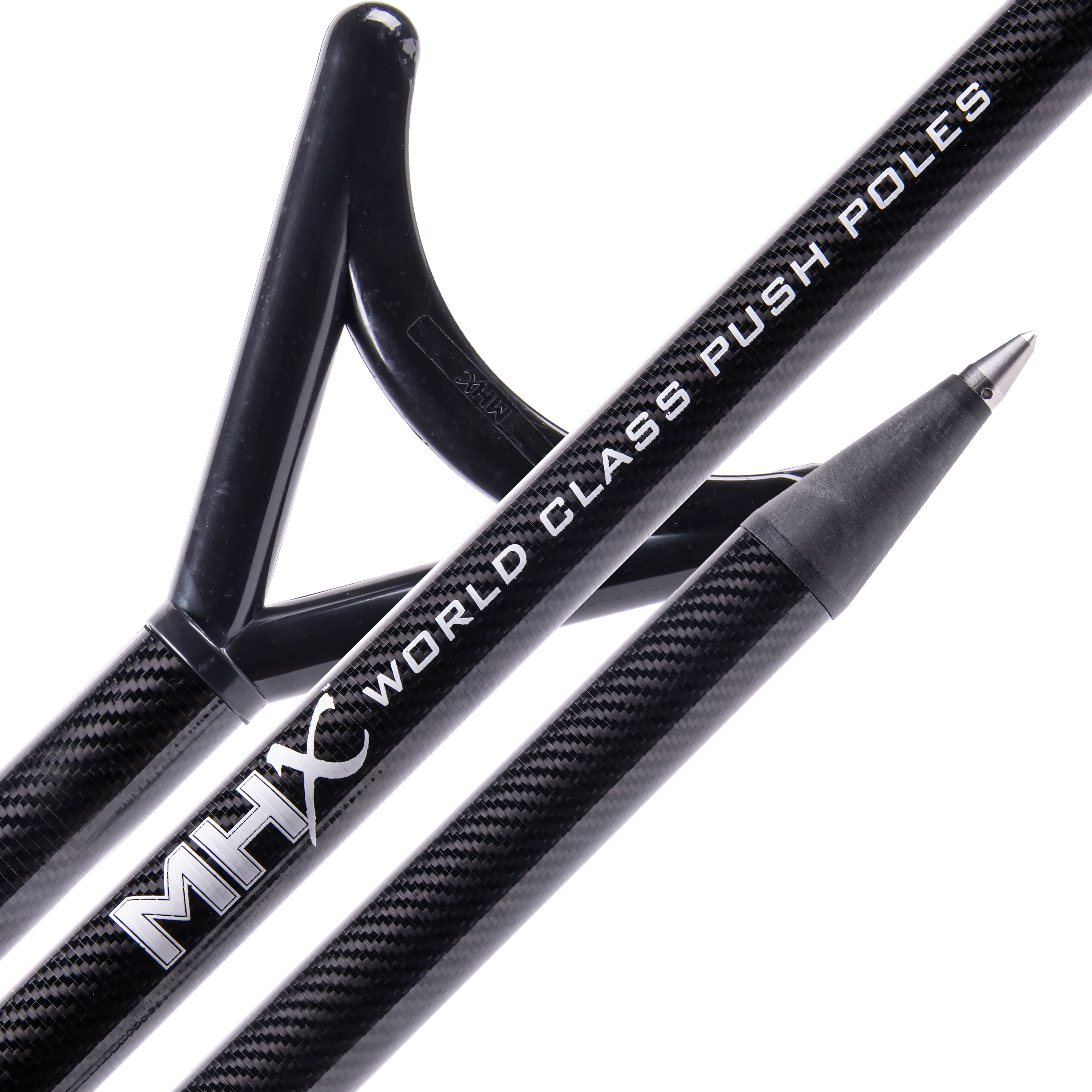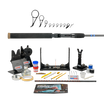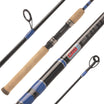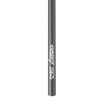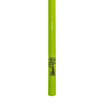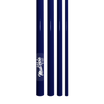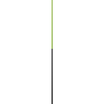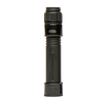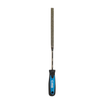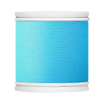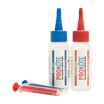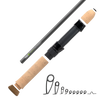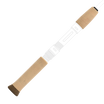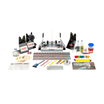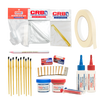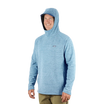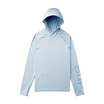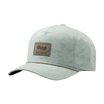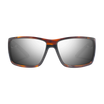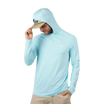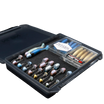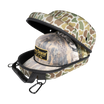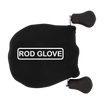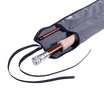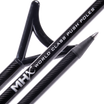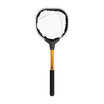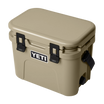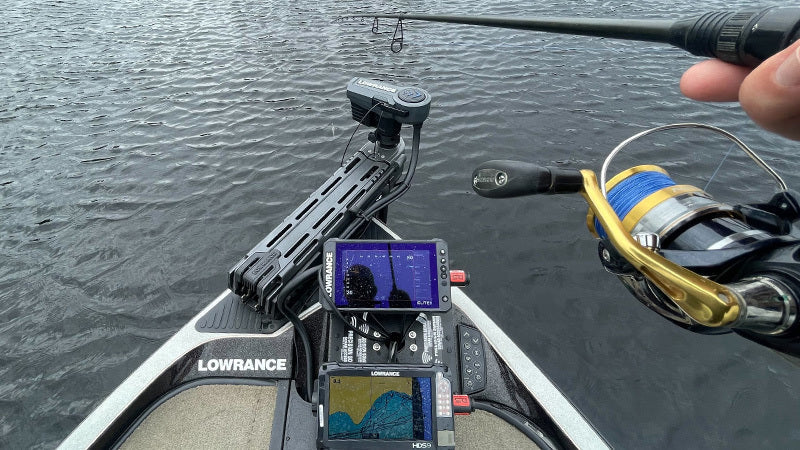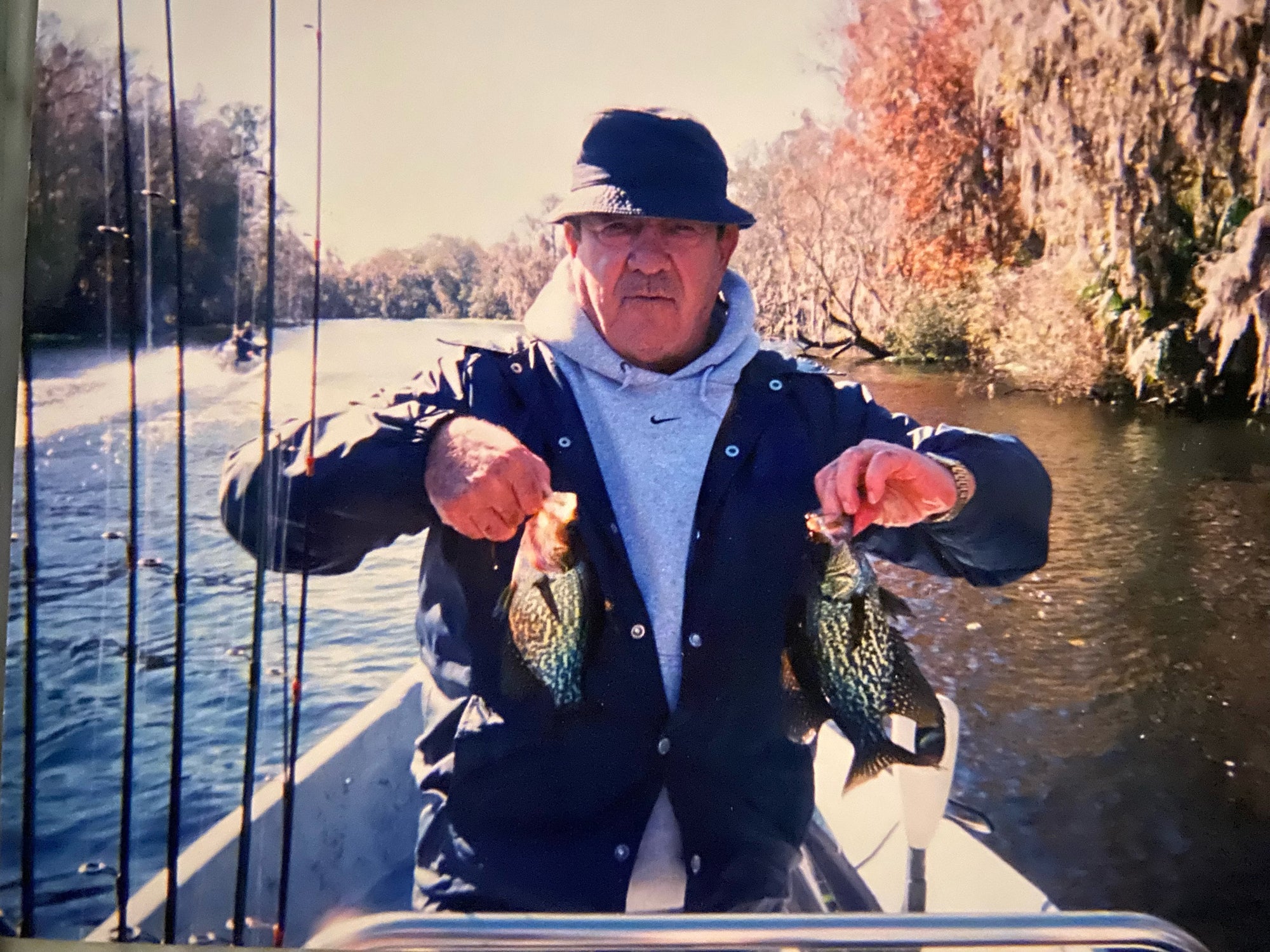Fishing with forward-facing sonar (FFS) has revolutionized the way anglers locate and catch fish. This technology provides real-time, high-resolution images of underwater environments, allowing fishermen to see fish and structure ahead of their boat rather than relying solely on traditional 2D sonar or down-imaging. Understanding how FFS works, its benefits, and its applications in different fishing scenarios can give anglers a significant edge on the water. It is a lot like custom rod building can be a invaluable tool in an anglers arsenal whether they are a weekend warrior, professional guide or tournament angler.
How Forward-Facing Sonar Works
If you have not heard of forward facing sonar you might be a few steps behind but it is works similarly to other sonar but has one major difference, live image. Unlike traditional sonar or side scan, which only shows what is beneath the boat or out to the side, FFS provides a "live" view and can be pointed in any direction the anglers wishes to see.

Most forward-facing sonar systems use transducers that allow anglers to adjust the angle of their sonar beam, directing it to scan specific areas. The technology creates an almost video-like representation of fish movements, showing how fish react to different lures and presentations in real time. Popular brands such as Garmin’s LiveScope, Lowrance’s ActiveTarget, and Humminbird’s MEGA Live offer high-resolution forward-facing sonar systems, each with unique features and enhancements.
See Them, Catch Them
This is where the challenge comes in and a part of the FFS story that is a bullet point in the arguments of the nah-sayers of forward facing sonar. For any angler that has been sight-fishing, just because you can see them does not always guarantee a bite or a landed fish. Does it help? I do believe so, but it is not a magic wand.

In my opinion, the major benefit is the ability to watch fish behavior in real-time. We can observe how fish respond to lures, while adjusting our presentation accordingly. This is especially valuable for finicky fish that might follow a bait but hesitate to strike. By analyzing these behaviors, anglers can make instant modifications, such as changing lure size, color, or retrieval speed, to increase their chances of success.
Build to Maximize FFS Success
When utilizing any fishing electronics the buck stops with the tackle used. We must have the right lure, line, reel and rod to make that fish bite and bring it to hand. We can argue what the most important part of that equations is but putting it all together is what really matters most.
When speaking with our MLF Pro Matt Stefan about his preferred lures, the emphatic first answer was The Hover Rig.

The Core Tackle Hover Rig is highly effective due to its unique hovering action, which mimics an injured or suspended baitfish, keeping it in the strike zone longer. Designed for forward-facing sonar, it allows anglers to track and adjust its movement in real-time, making it ideal for targeting suspended fish. Its balanced weight and subtle action create a finesse-style presentation that works in various depths and conditions, enticing even wary bass.
The Hover Rig Rod
When it comes to building, Matt can be very particular when it comes to choosing rod blanks and components. I think that is one of the reasons we get along so well. We can talk about the small details of blanks, handles, guides and how that relates to the chosen lure.

For his FFS rod, Stefan emphasizes the importance of using blanks that offer exceptional sensitivity and versatility when fishing with forward-facing sonar.
Specifications: 7'3" | 6-10 lb. | 1/16 - 3/8 oz. | Fast Action | Medium-Light Power
He choses the MHX Elite-X NSJ871 blank, a 7'3" medium-light, for its unparalleled sensitivity and adaptability to finesse techniques such as finesse swimbaits, Ned rigs, and the Hover Rig. This rod's length and action allow him to effectively target fish detected via FFS, particularly in deep, clear waters.
Stefan Like it so much he created his Matt Stefan 7'3" Med-Light Hover Rig Spinning Rod Kit around the NSJ871 Elite-X.
The Jerkbait Rod
A good jerkbait spinning rod should have a medium or medium-light power with a fast or extra-fast action to provide the right balance of sensitivity, control, and hook-setting power. I defer to my buddy and tournament angler Jason Foss for his choice when throwing a jerkbait while ultyalizing his electronics. The ideal length is typically between 6'6" and 7'0", allowing for precise twitches while maintaining casting distance and accuracy.

Jason's choice falls in between with the 6'10" DS822 by MHX.
Specifications: 6'10" | 6-14 lb. | 1/4 - 3/8 oz. | Extra-Fast Action | Medium-Light Power
This medium-light blank features an extra-fast action that allows anglers to have the ultimate control over their hard or soft jerkbait and helps detect subtle bites. Additionally, this blanks combines a soft tip to prevent treble hooks from pulling out, but with the quick transition to a firm midsection the hooksets with a fine-wire worm hook connect every time.

Want to build the proven DS822 but need help choosing the components? Mud Hole Pro Terry "Big Show" Scroggins gave us some insight to exactly how he builds his. He has cashed a lot of checks with this DS822 and you can rest assured he carries more than one as he criss-crosses the nation while fishing the MLF Pro Tour.
Why buy the kit? Well, between our touring pros, customer service team and our in house experts we gather-round the rod building bench to assure you get the right components and the proper spacing so your build performs perfectly!
Each of our kits comes with our signature rod recipe blueprints. It includes the list of components, handle spacing, blank technology and guide spacing. Check out this example below.

You can love it or hate it but forward facing sonar it probably going to continue to grow in popularity and having the right rod to maximize its effectiveness is worth it. Honestly, it will be the most inexpensive part of the entire FFS equation. We have used it to catch walleye at night in the Bay of Green Bay, Smallmouth in Wisconsin and Largemouth here in Florida. From small swimbaits, to Hover Rigs and jerbaits, we showed up, saw them react, made the adjustments and caught'em. Build your next custom rod to compliment FFS and catch more fish.

